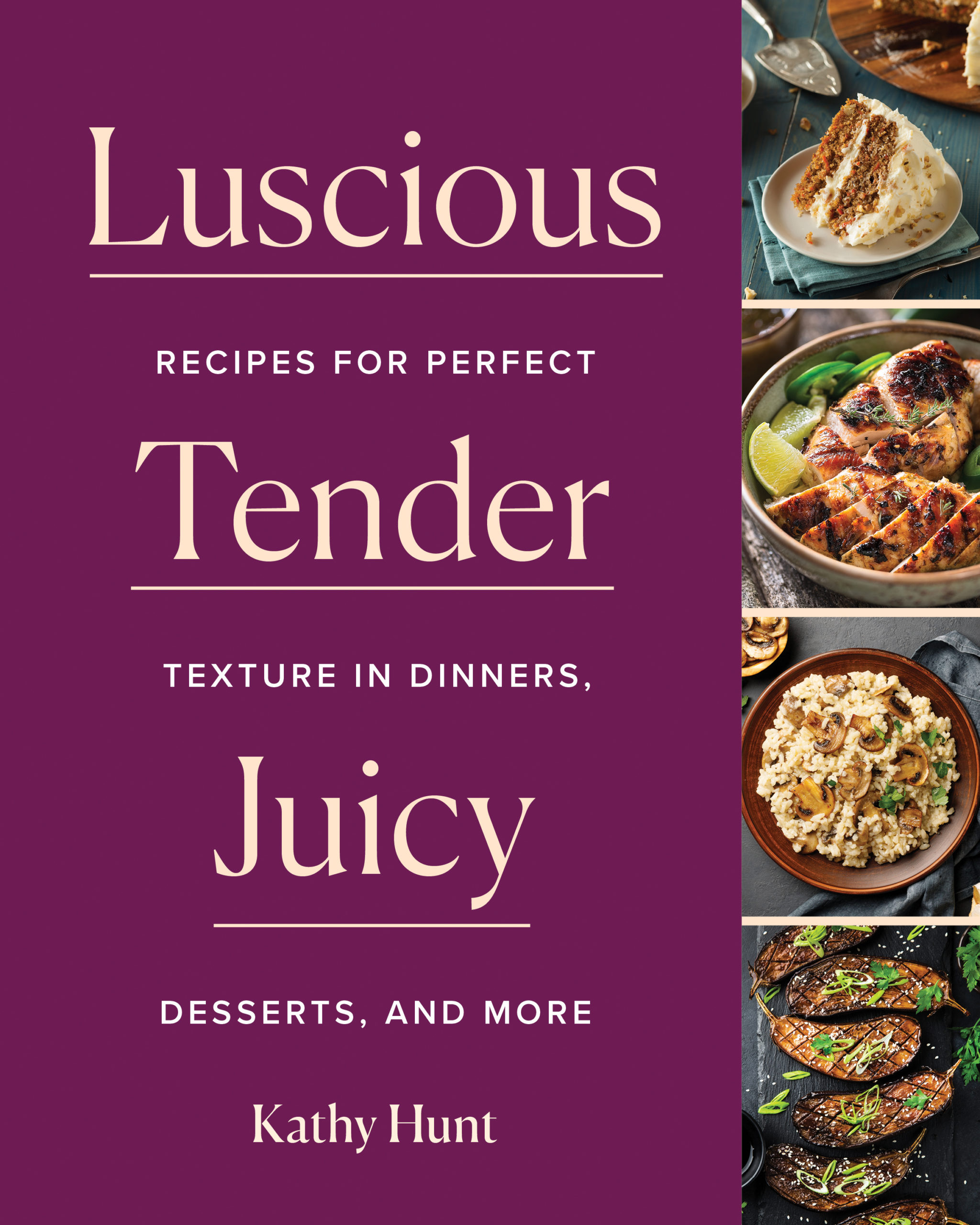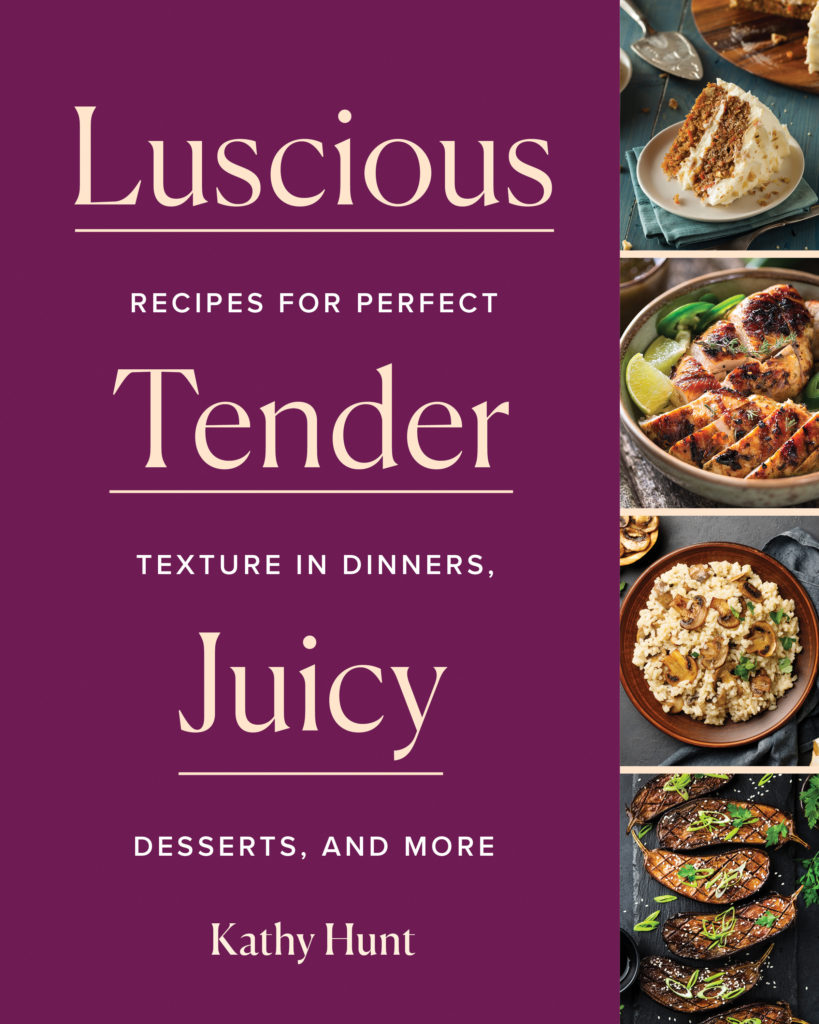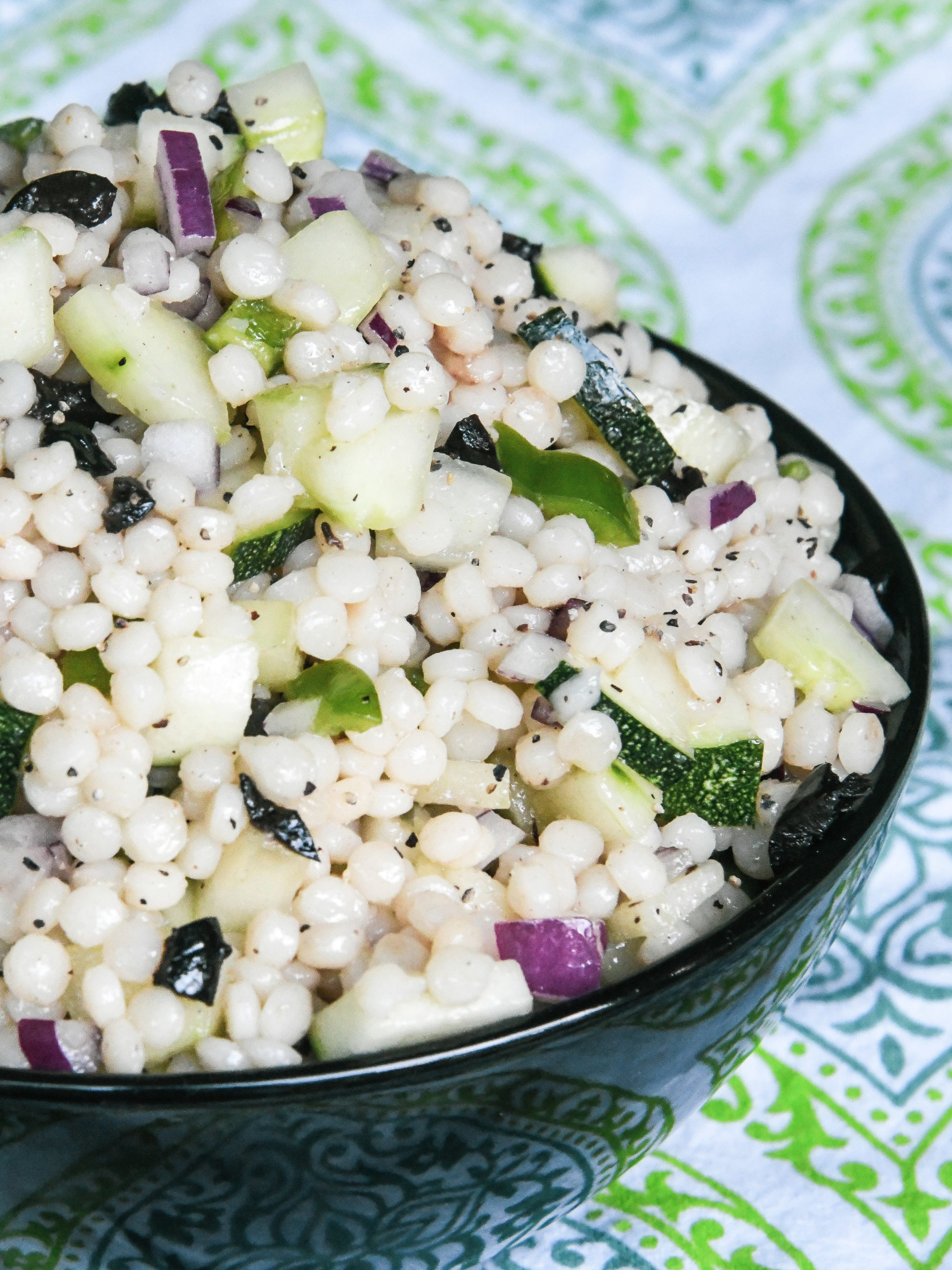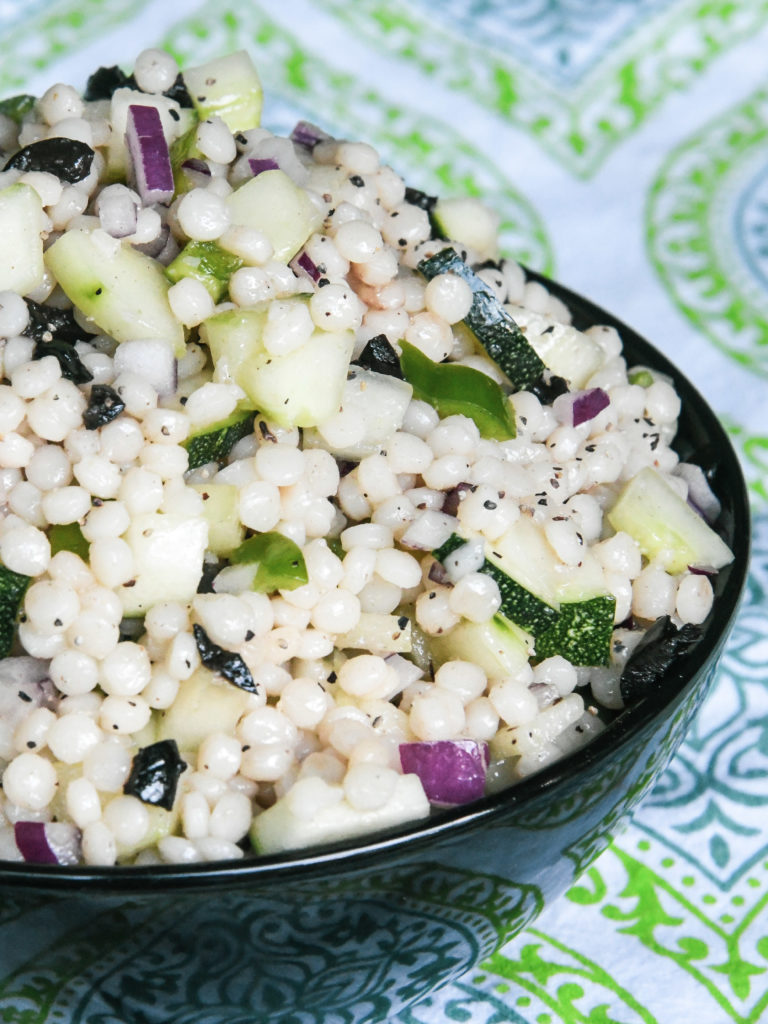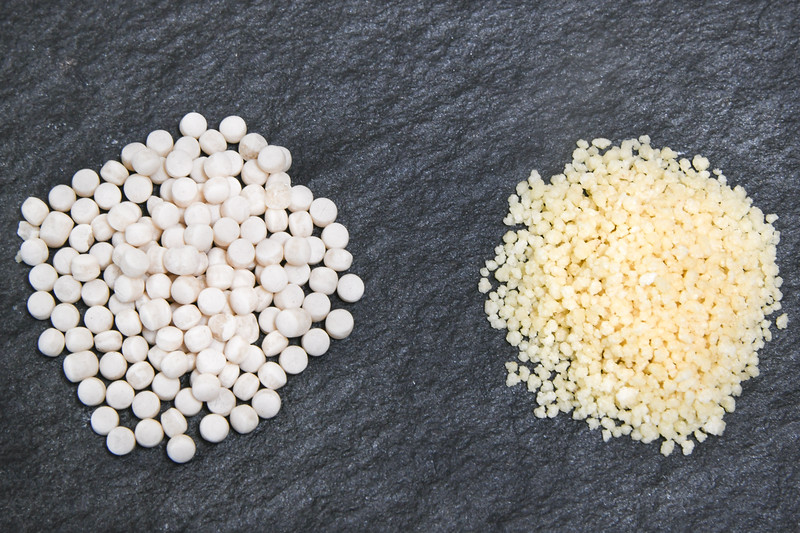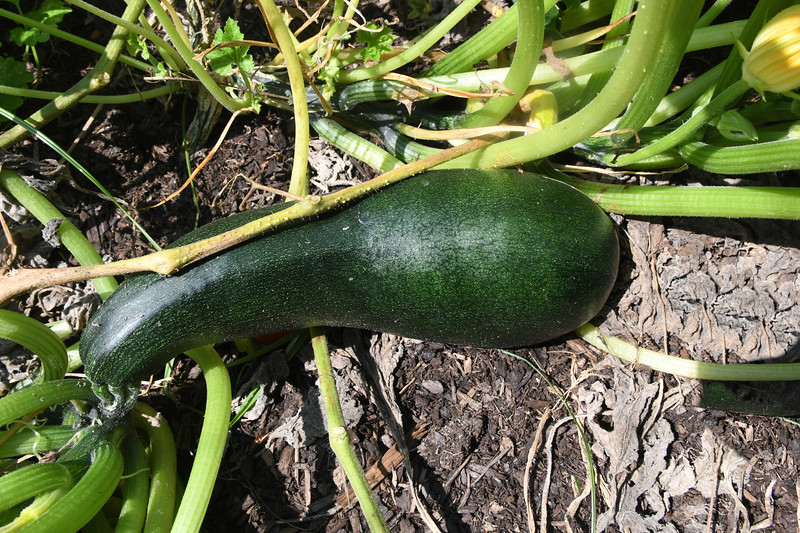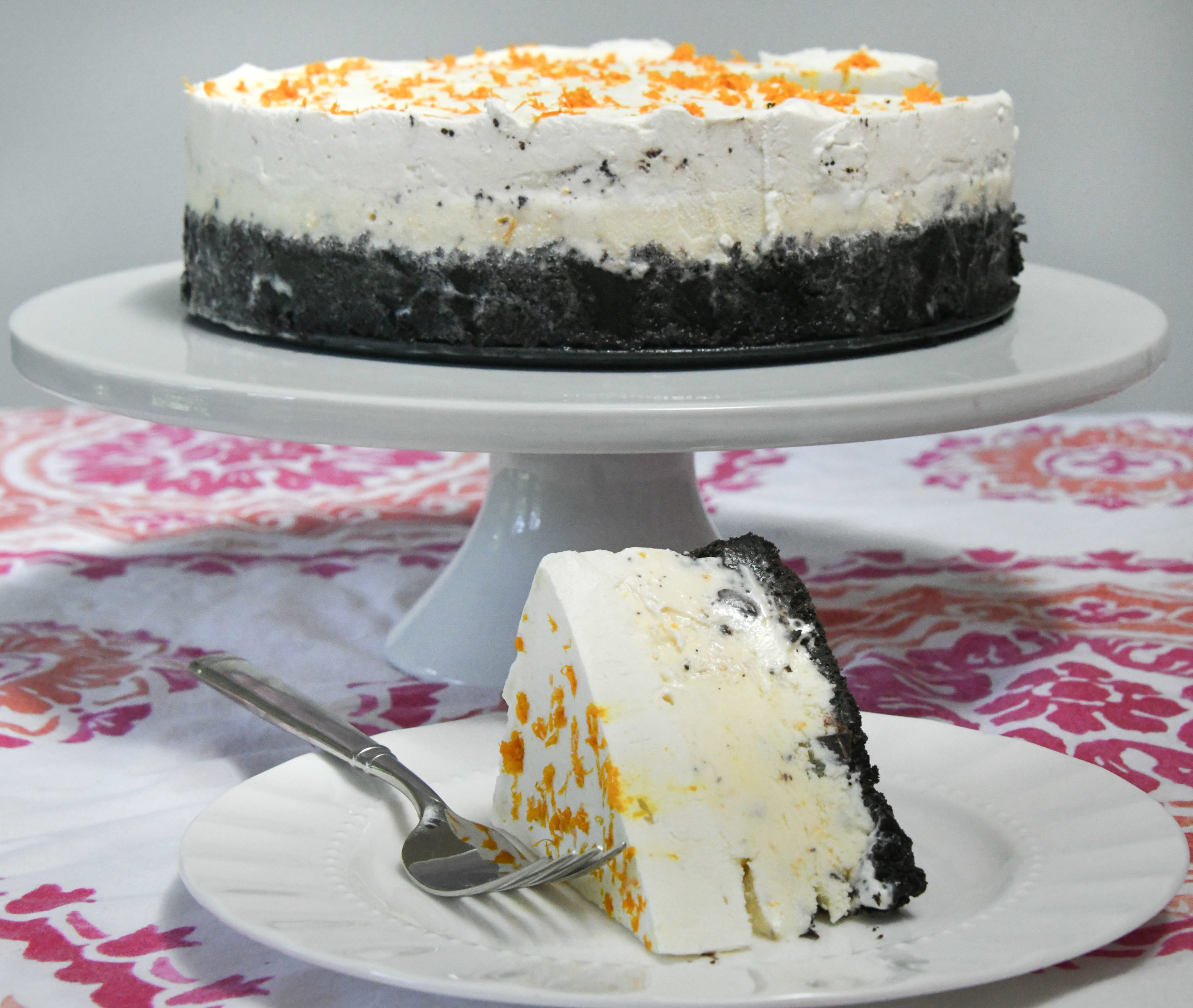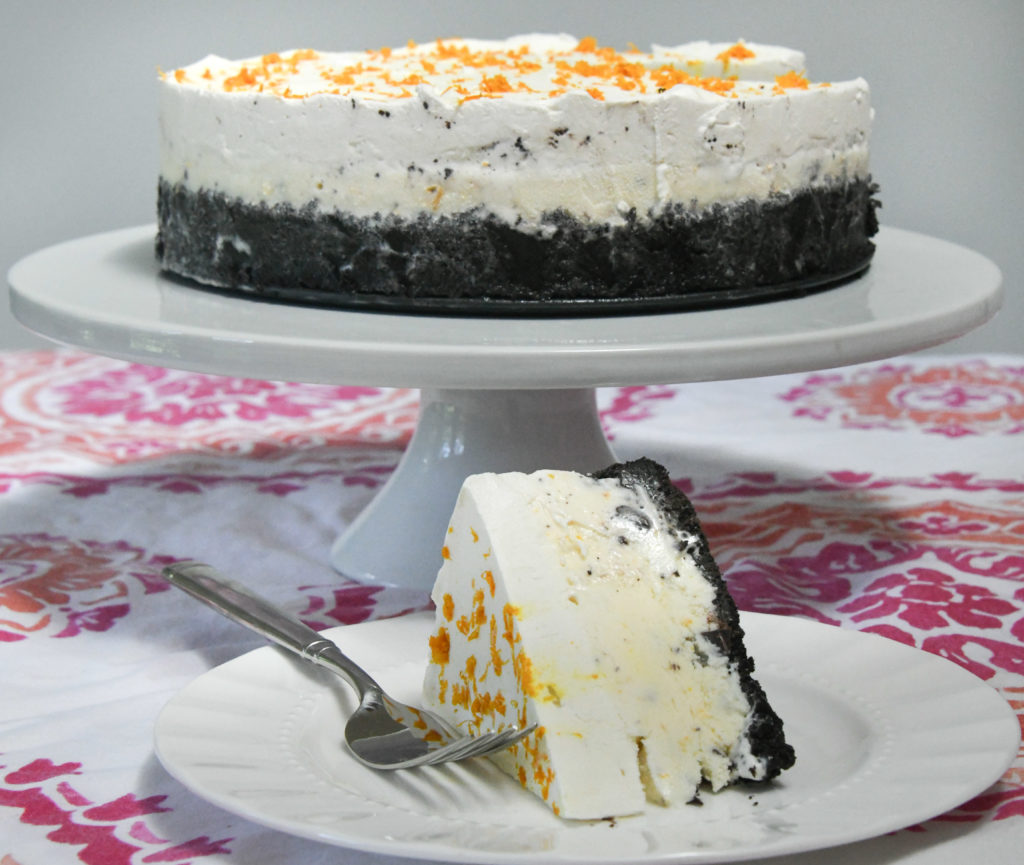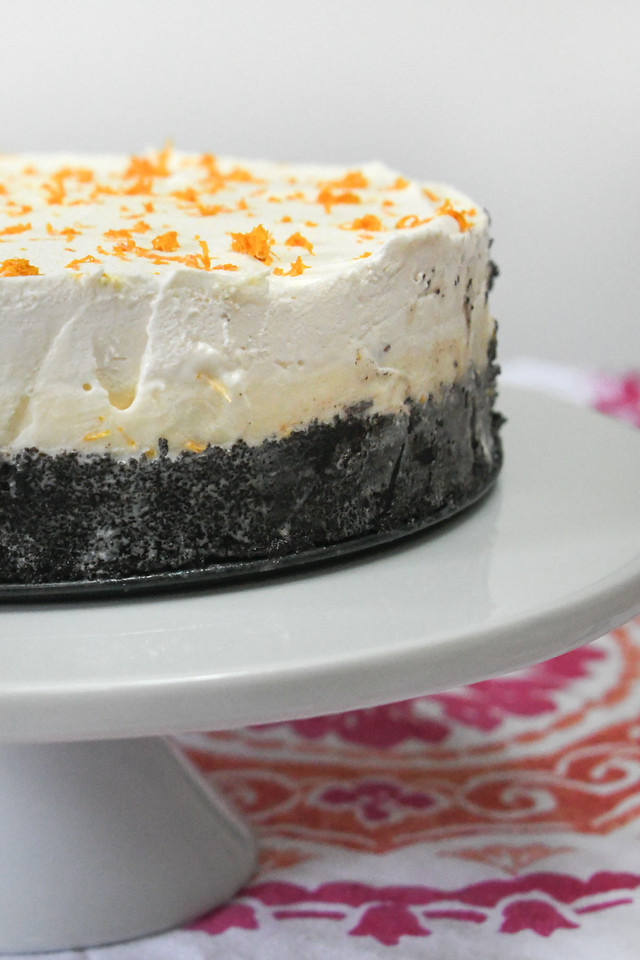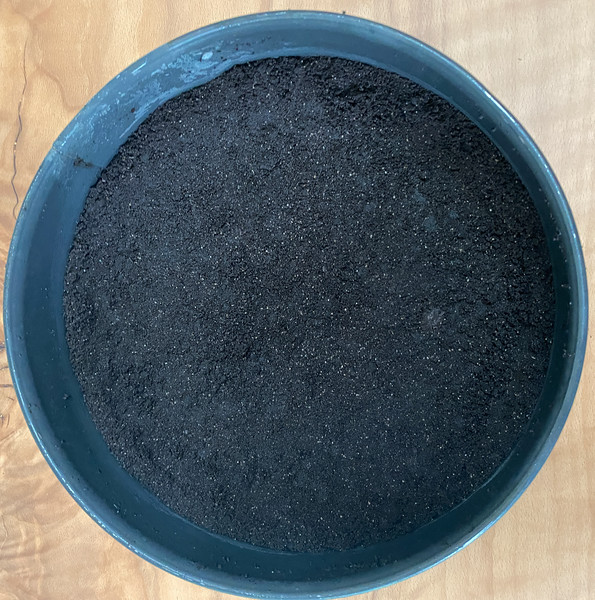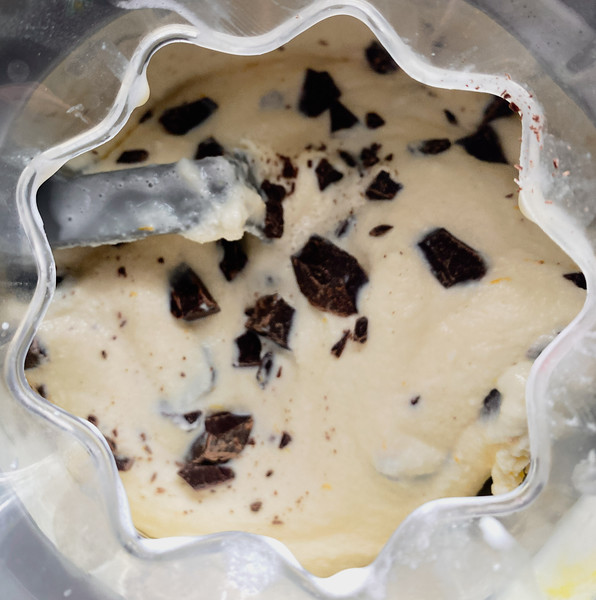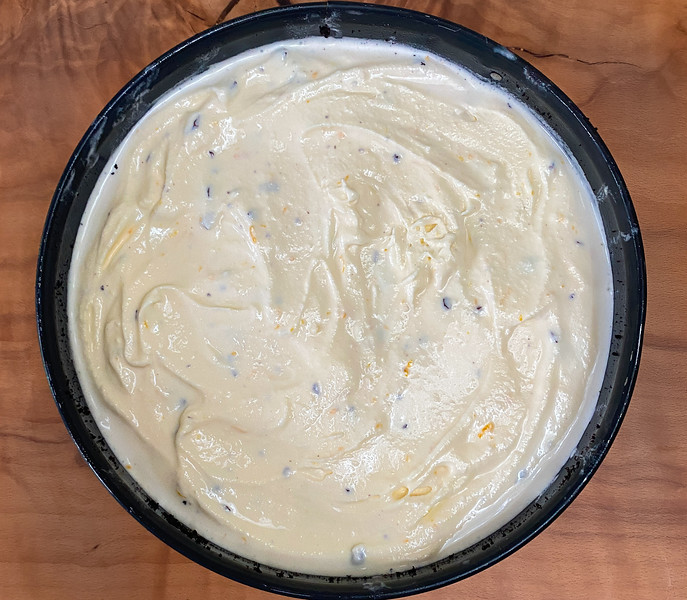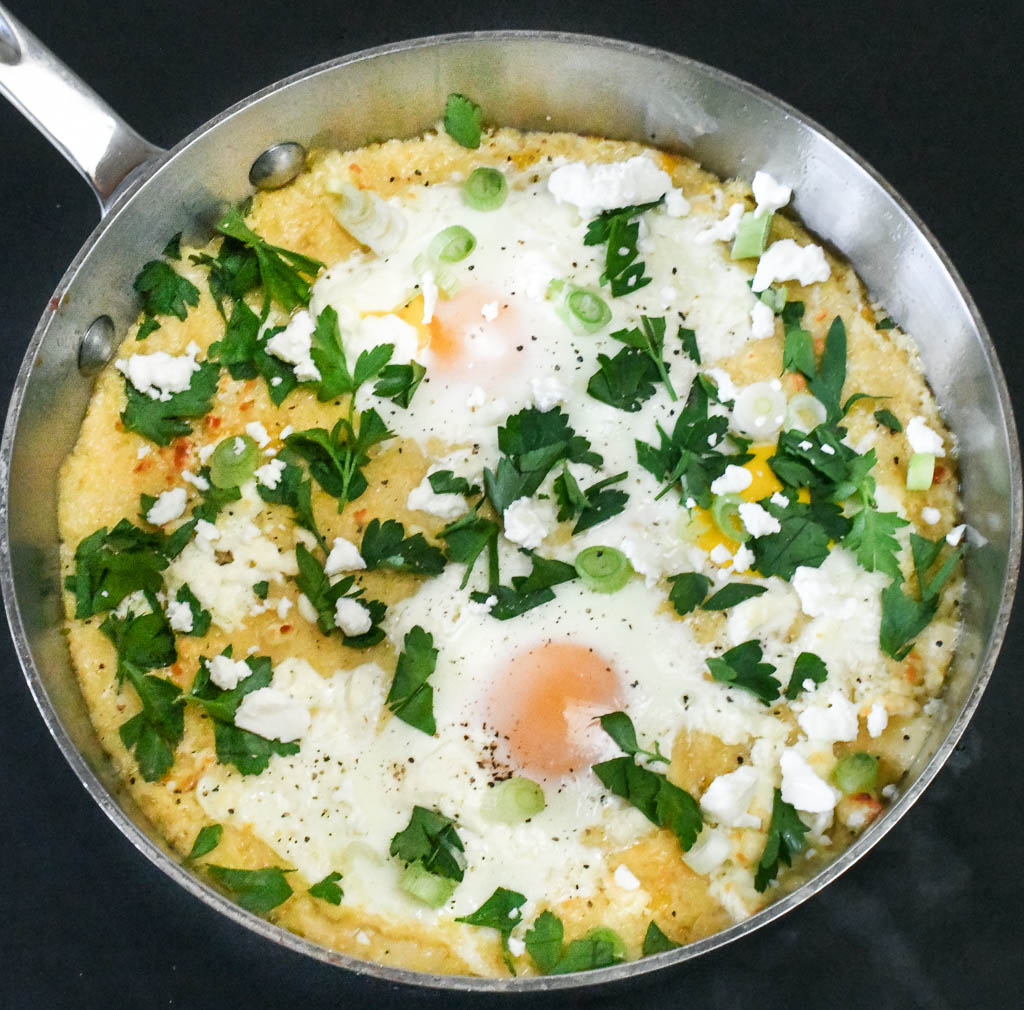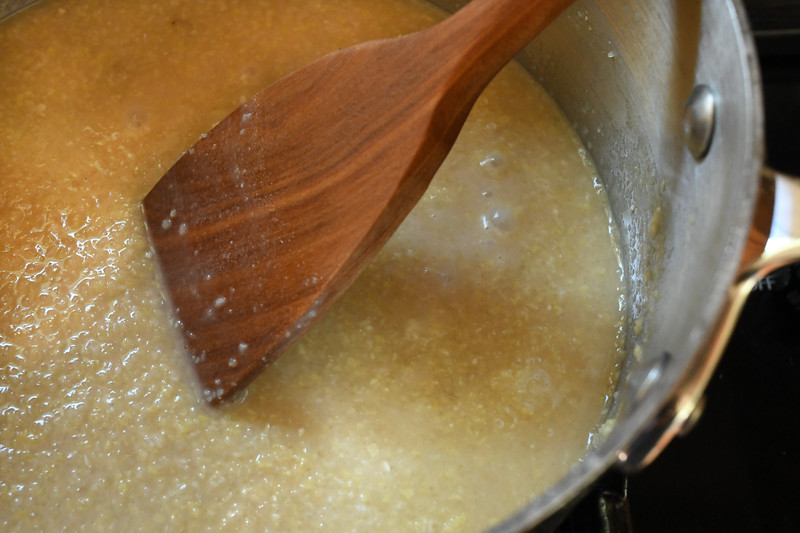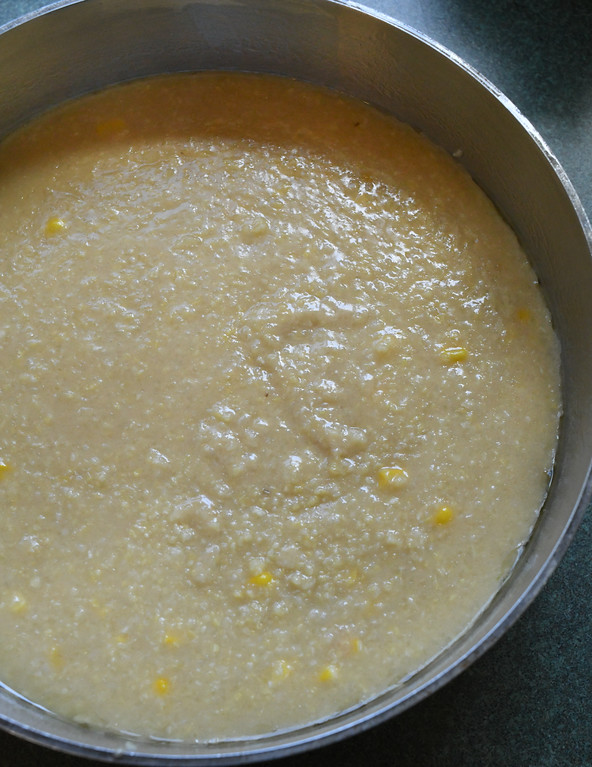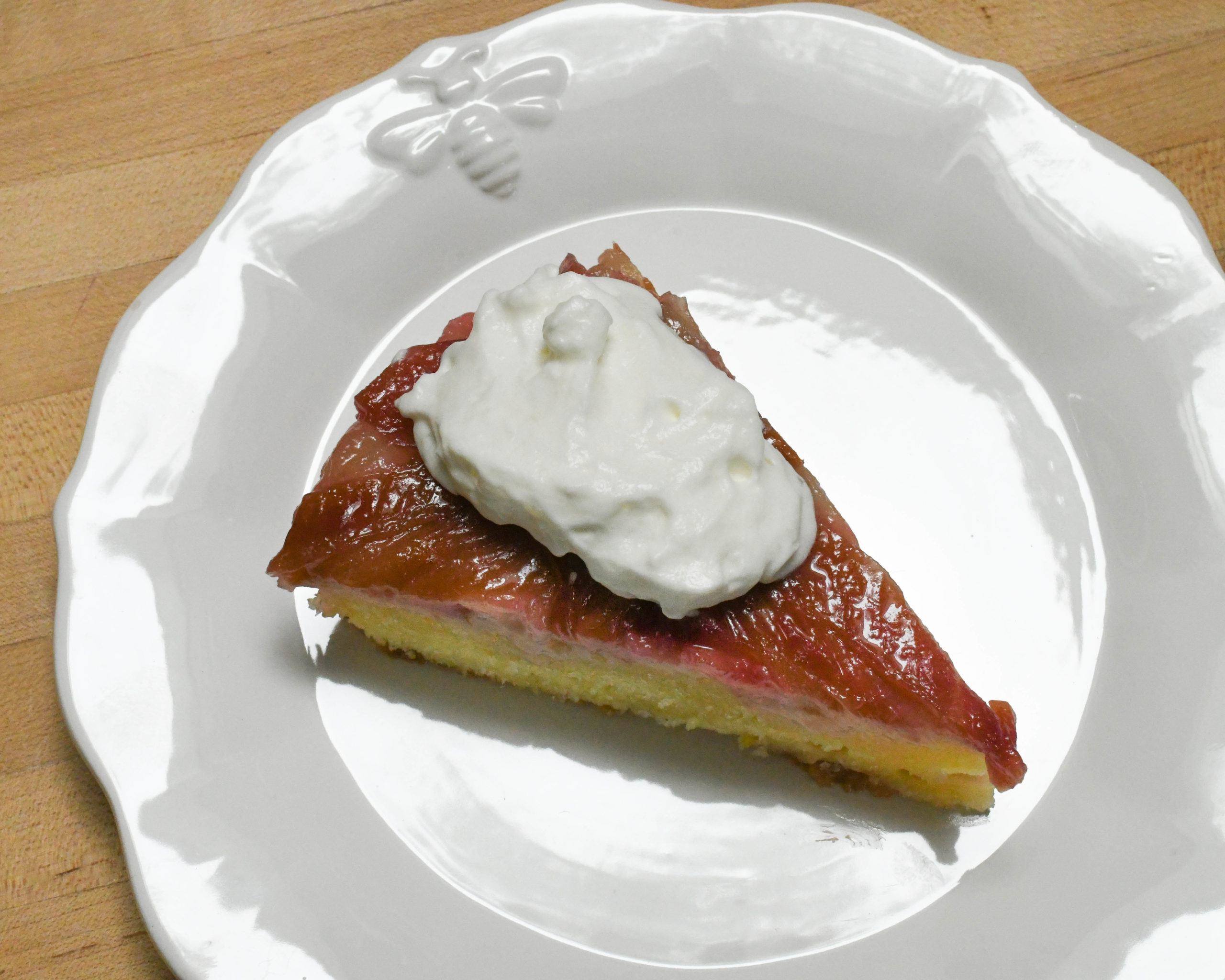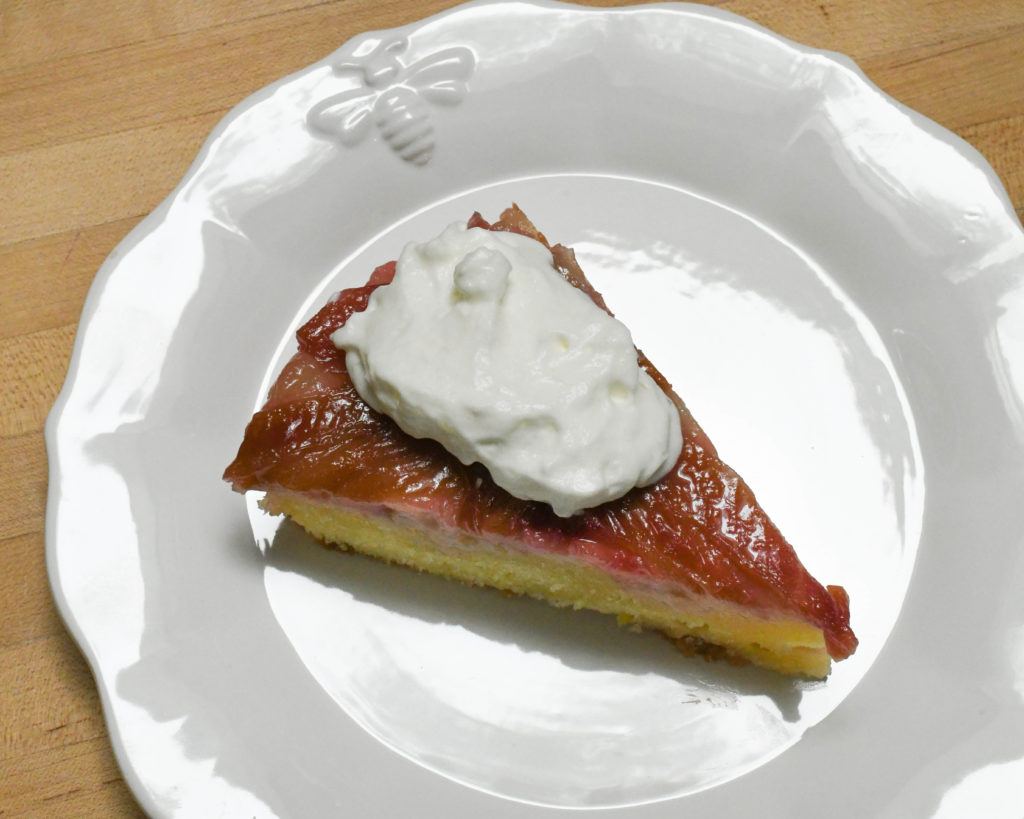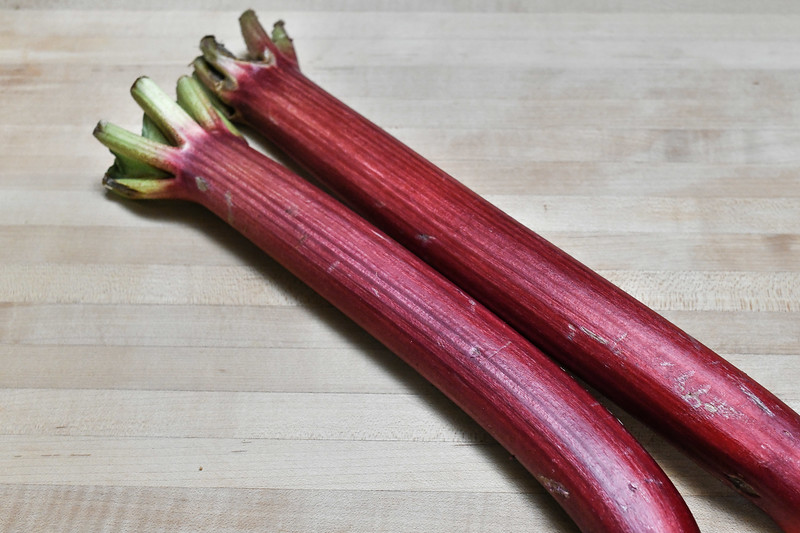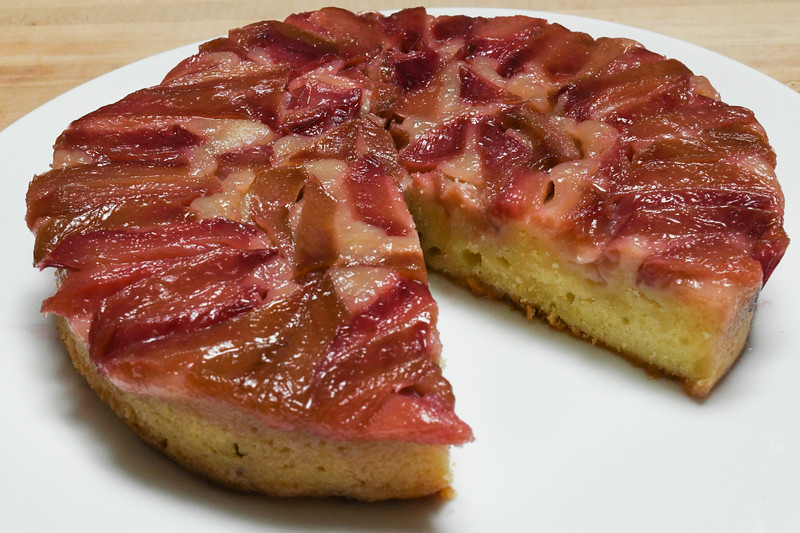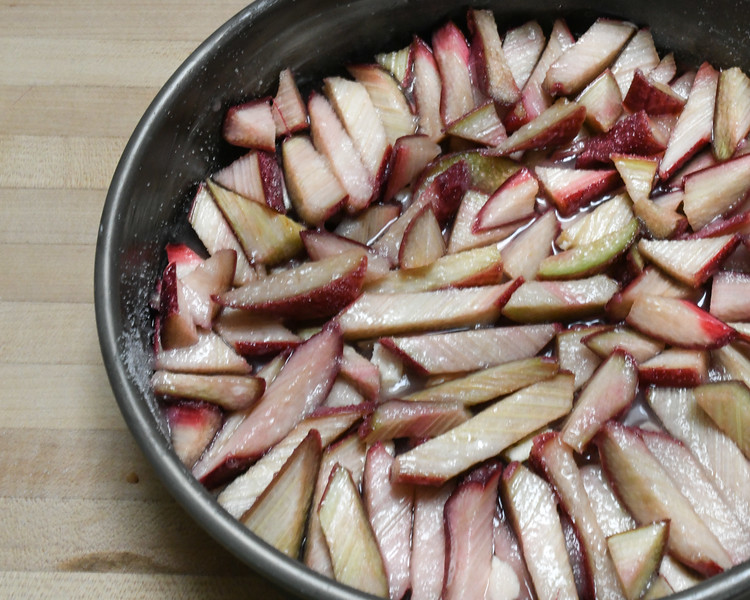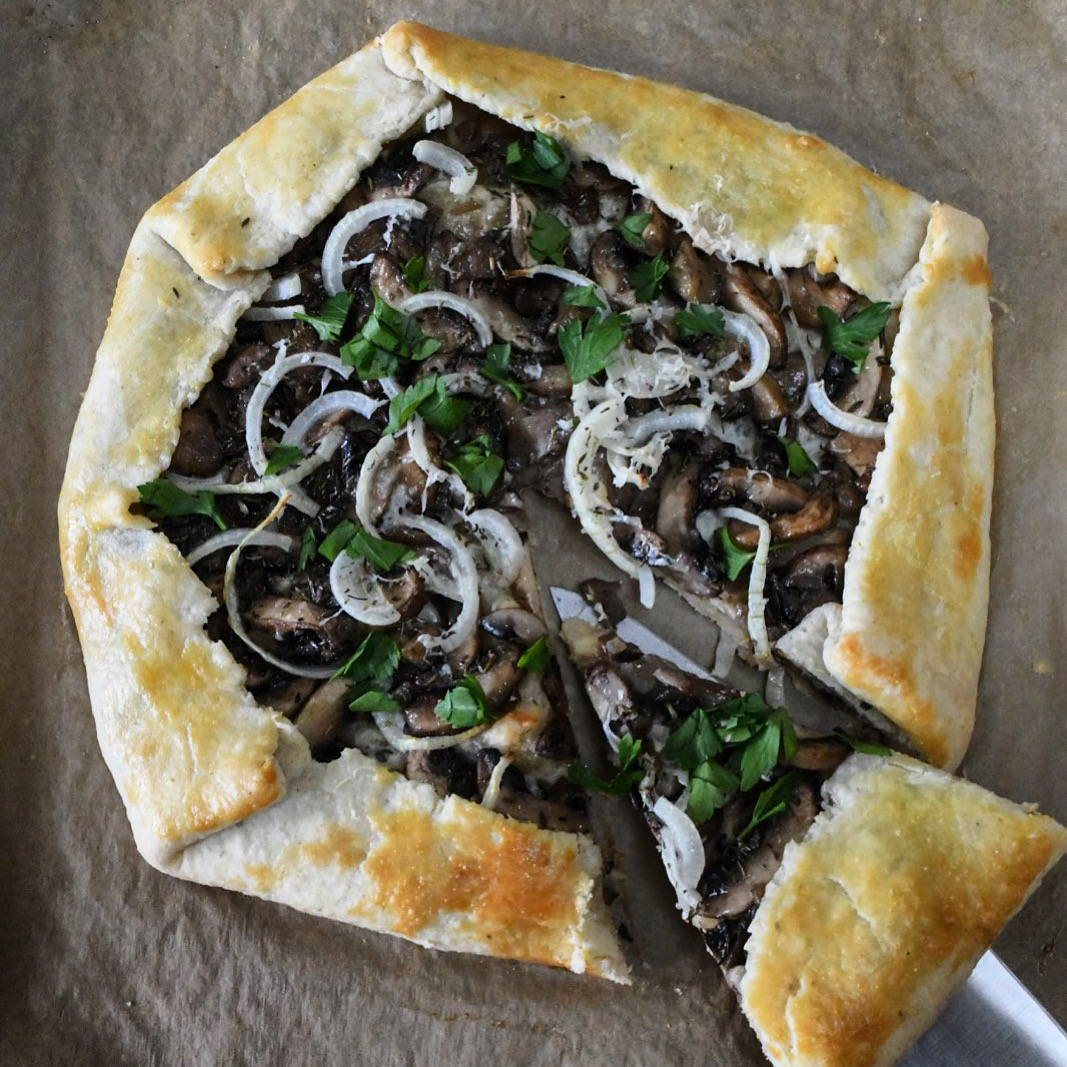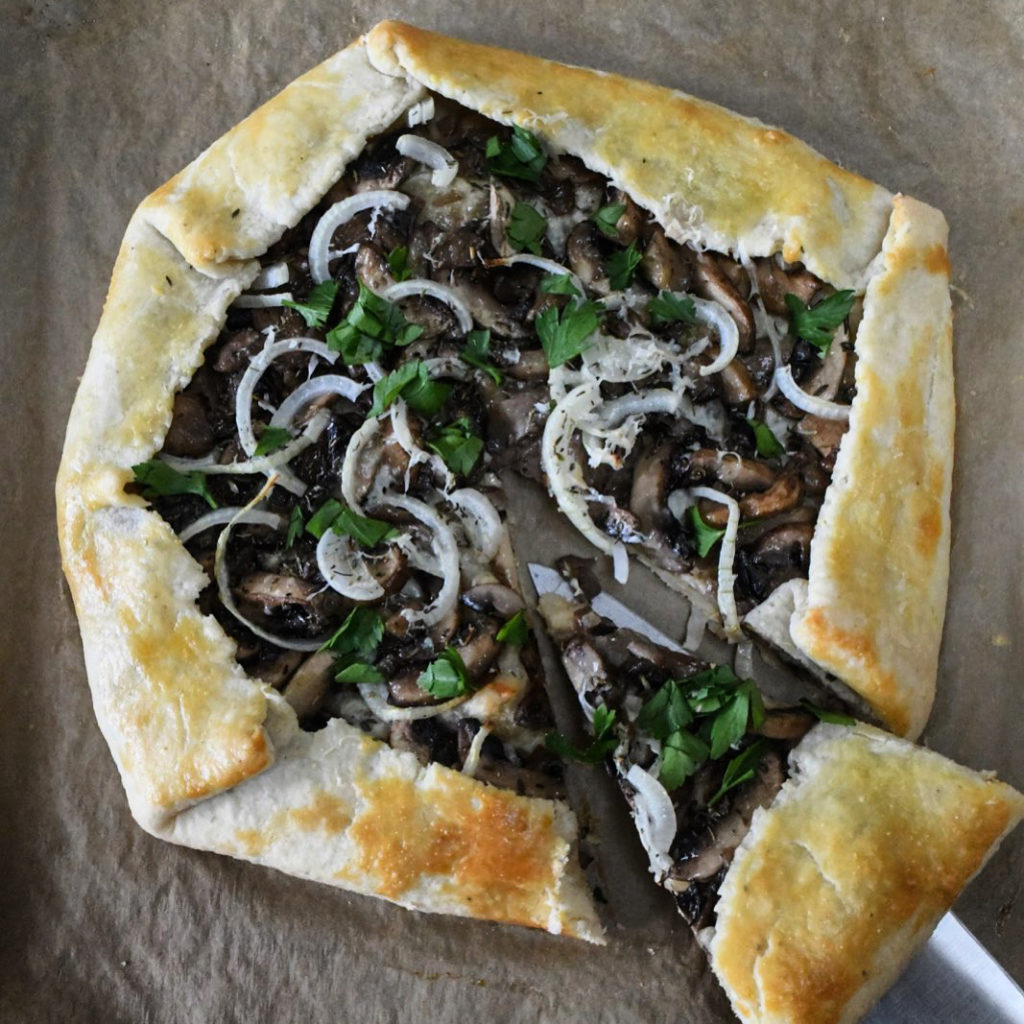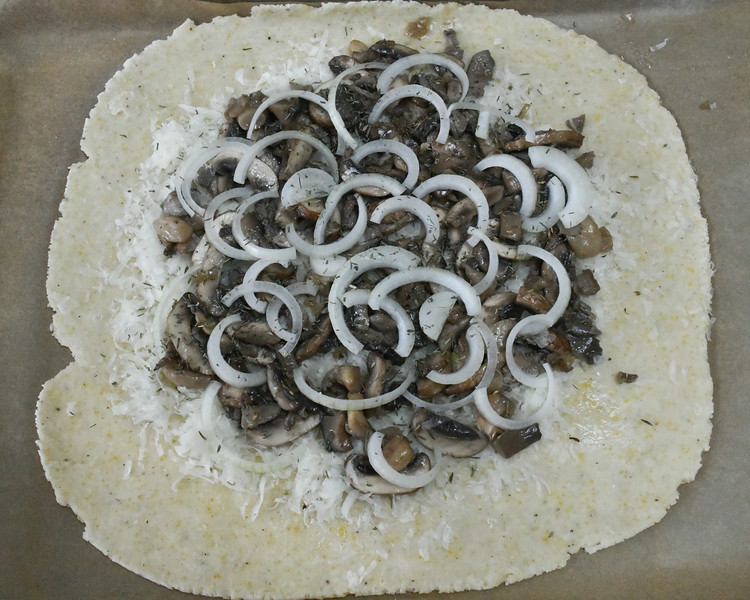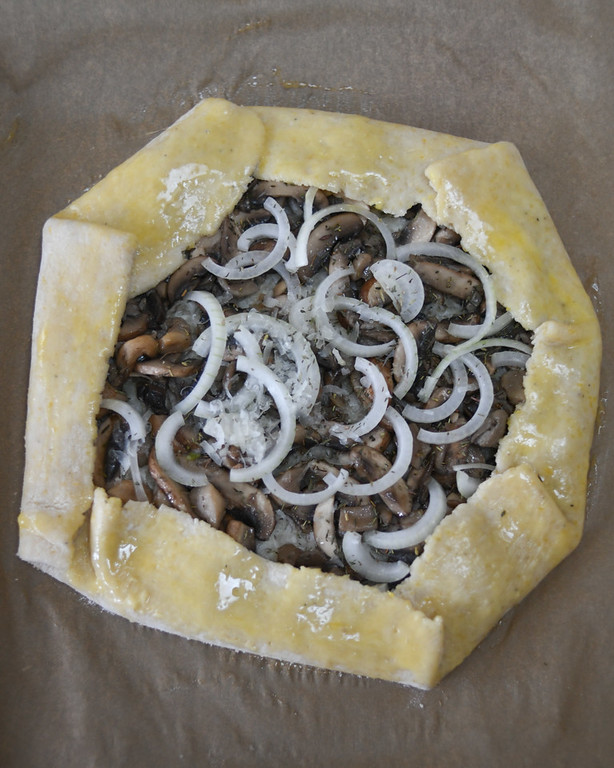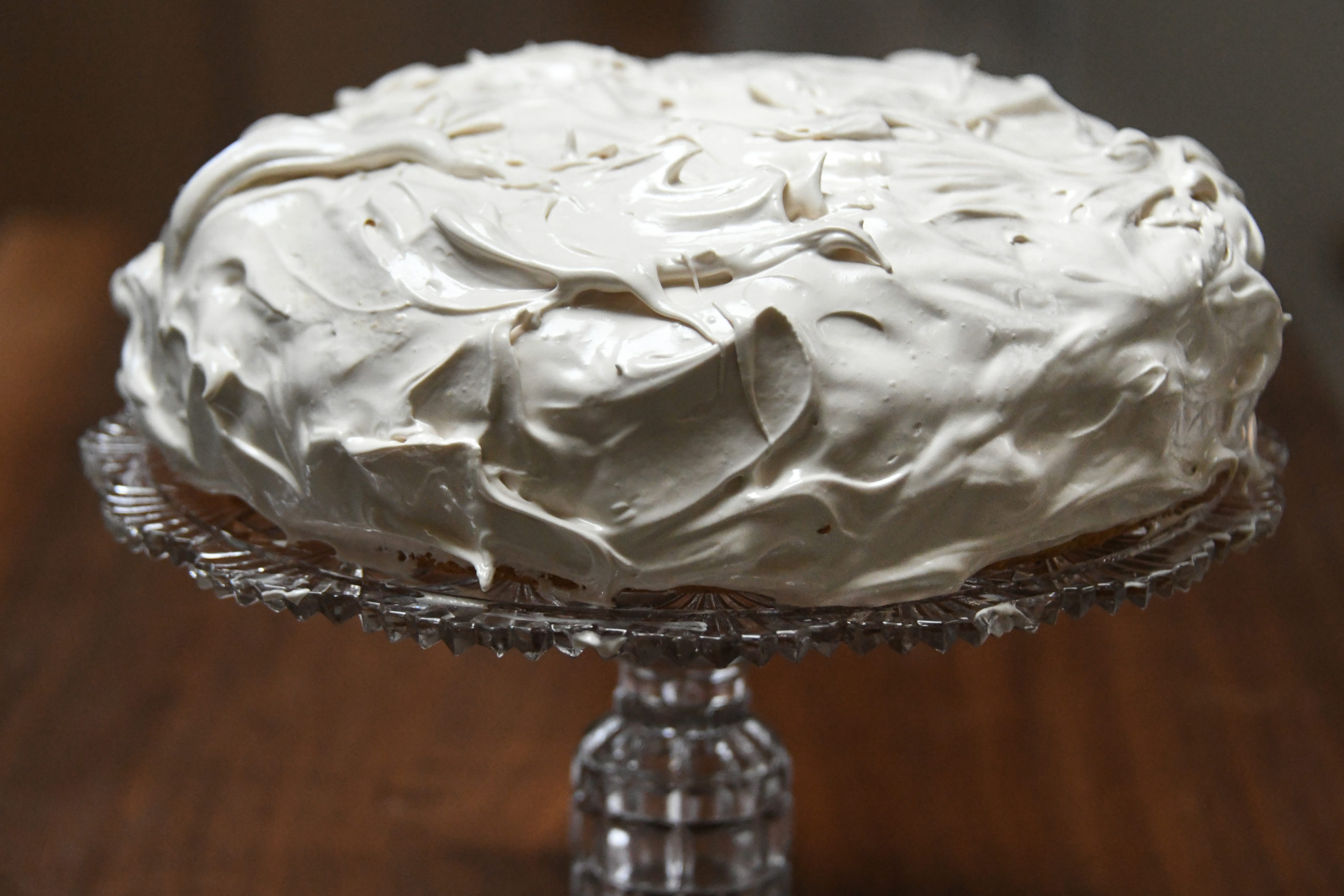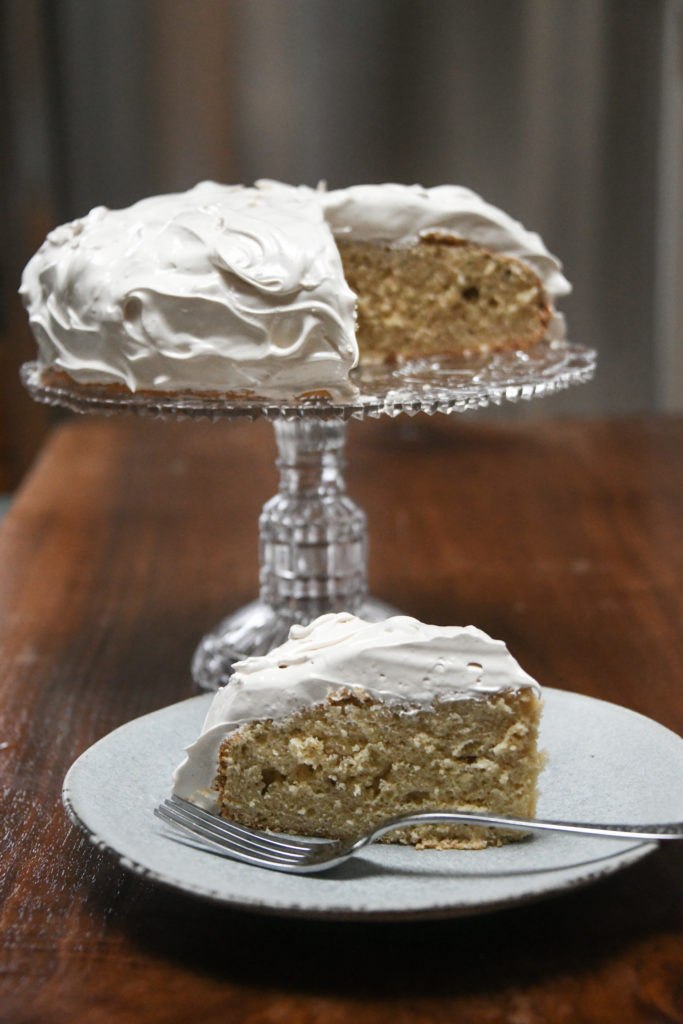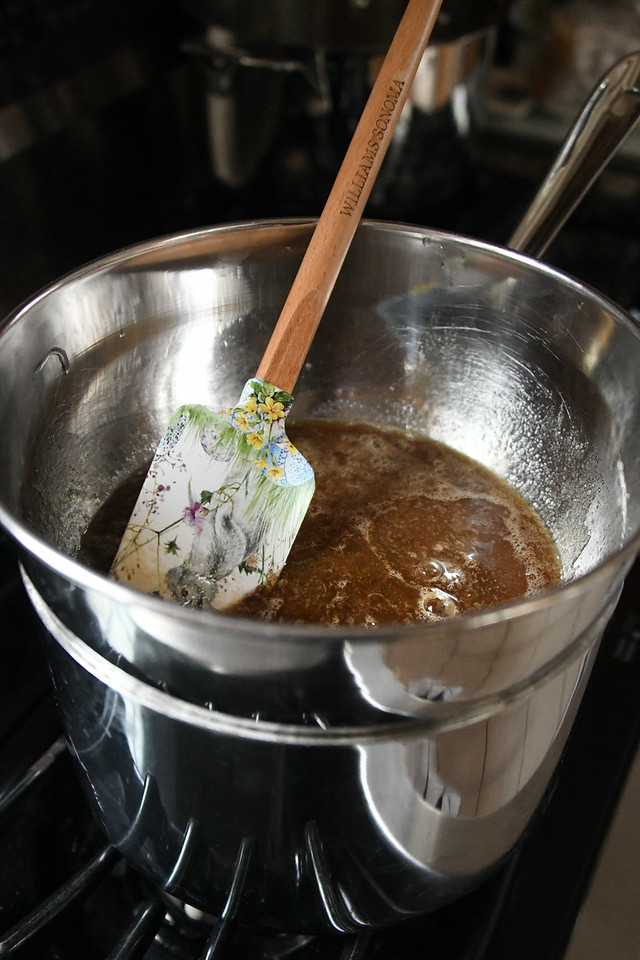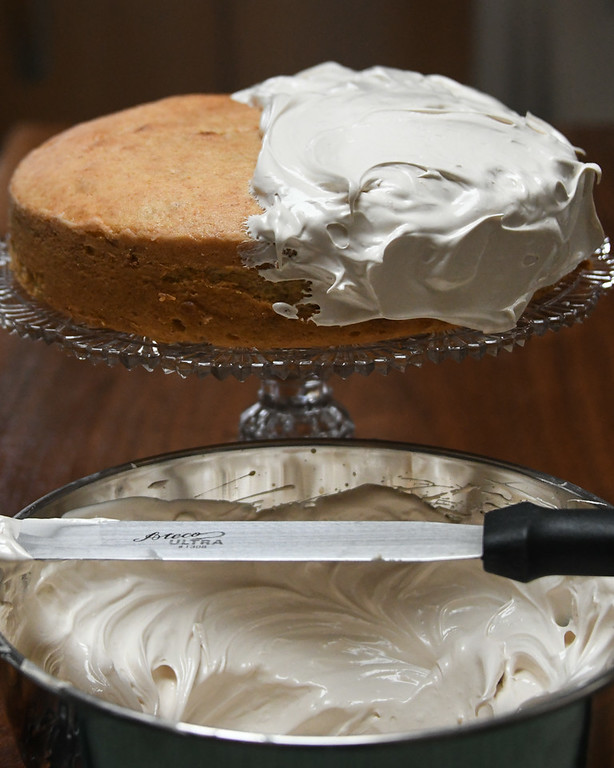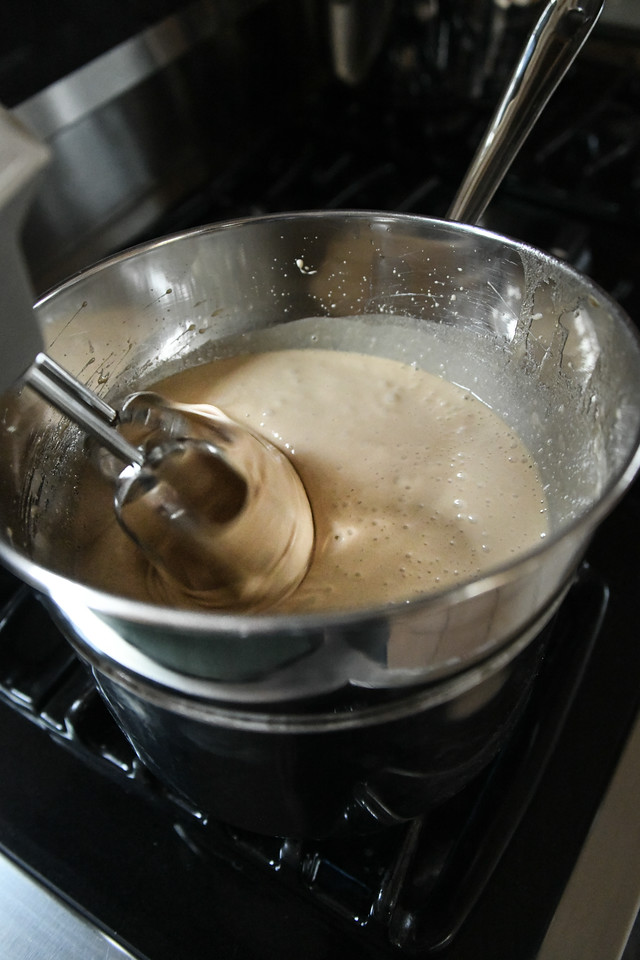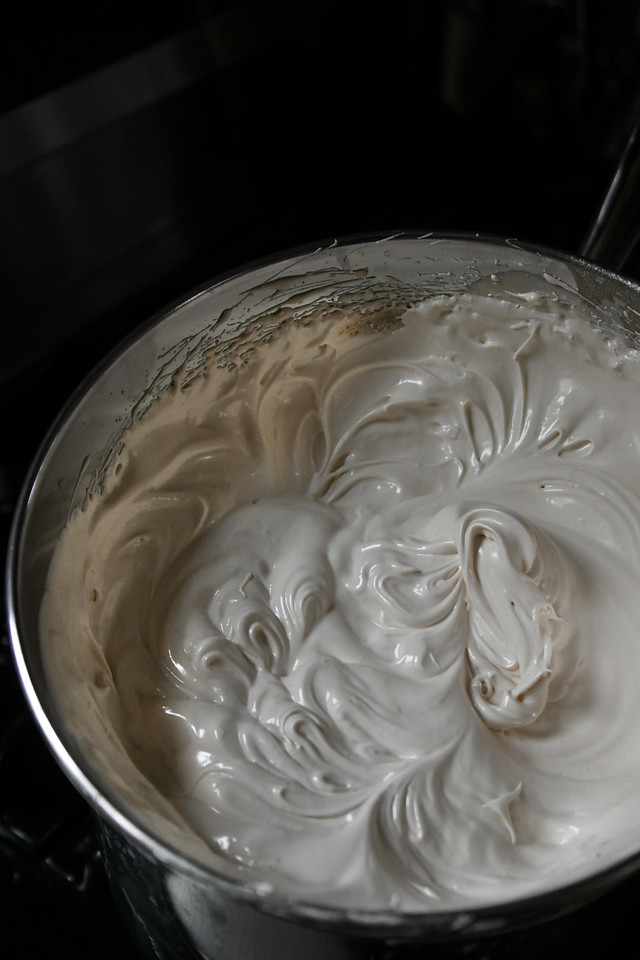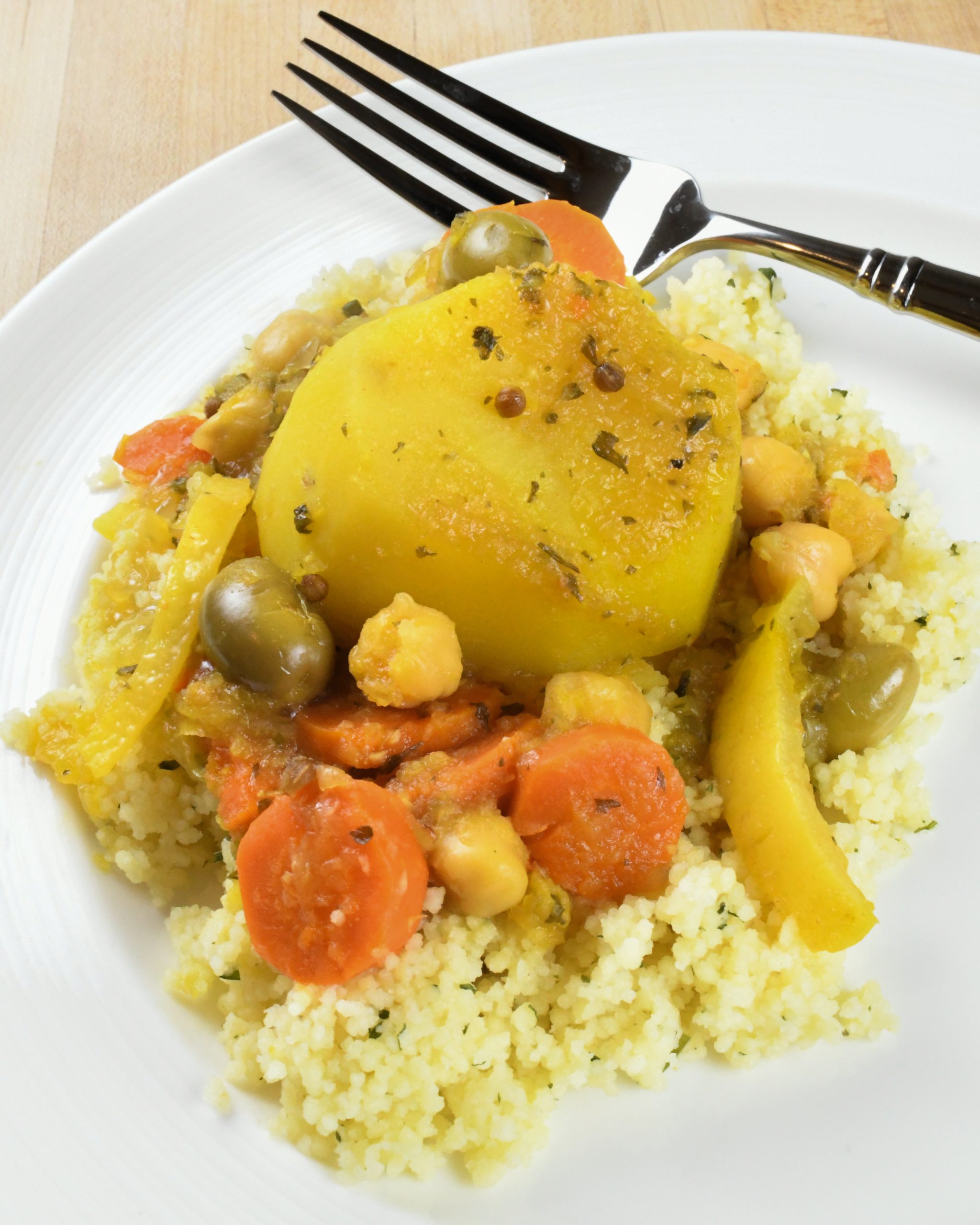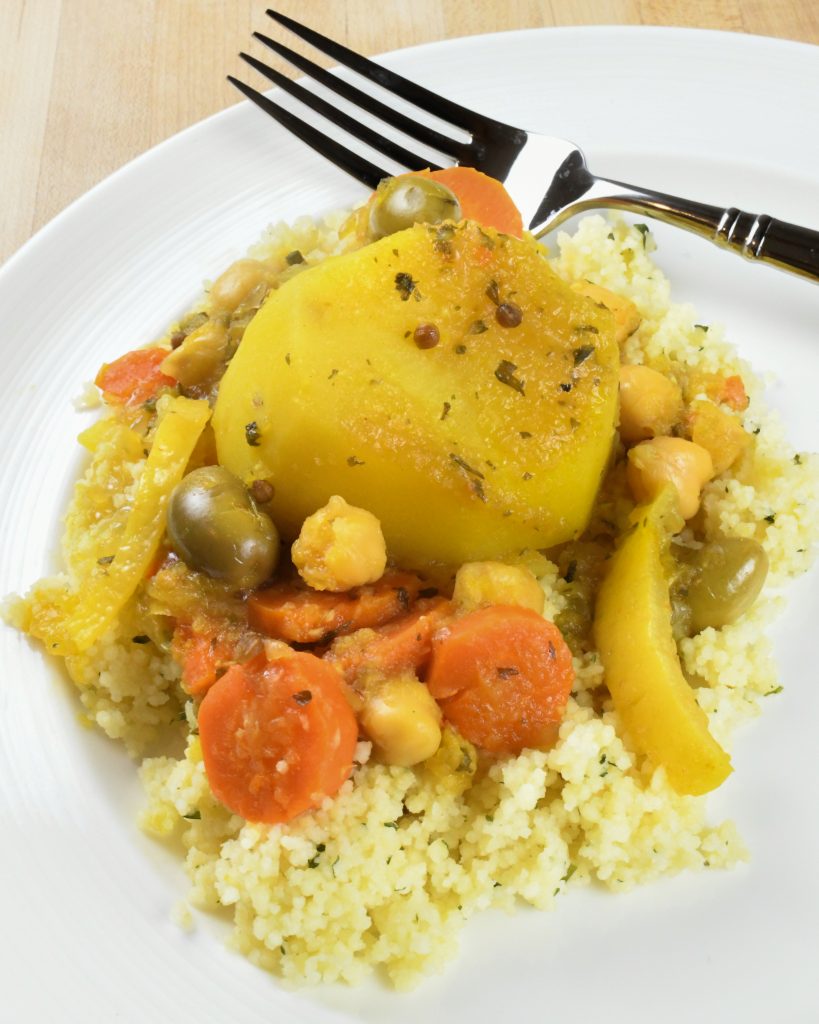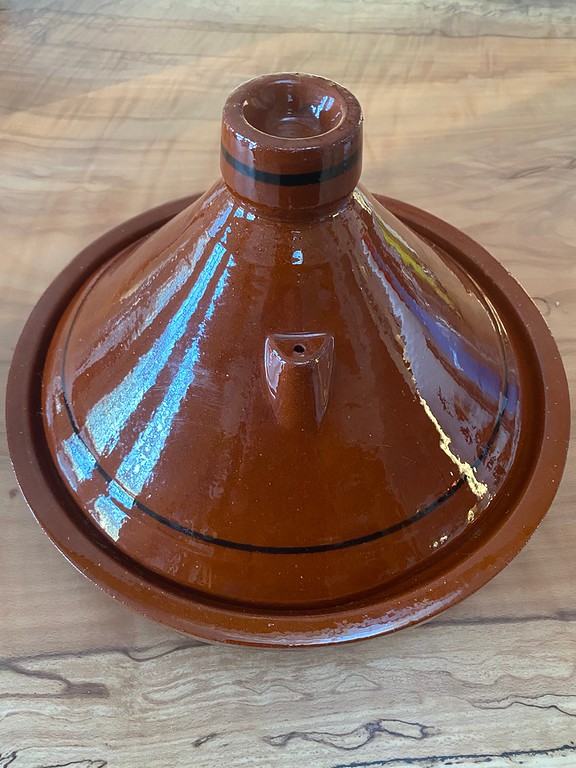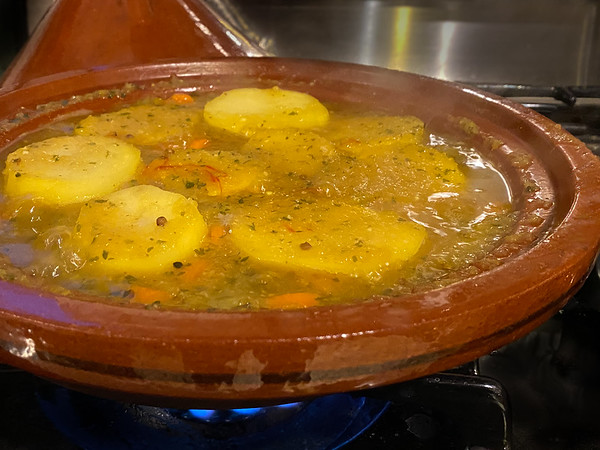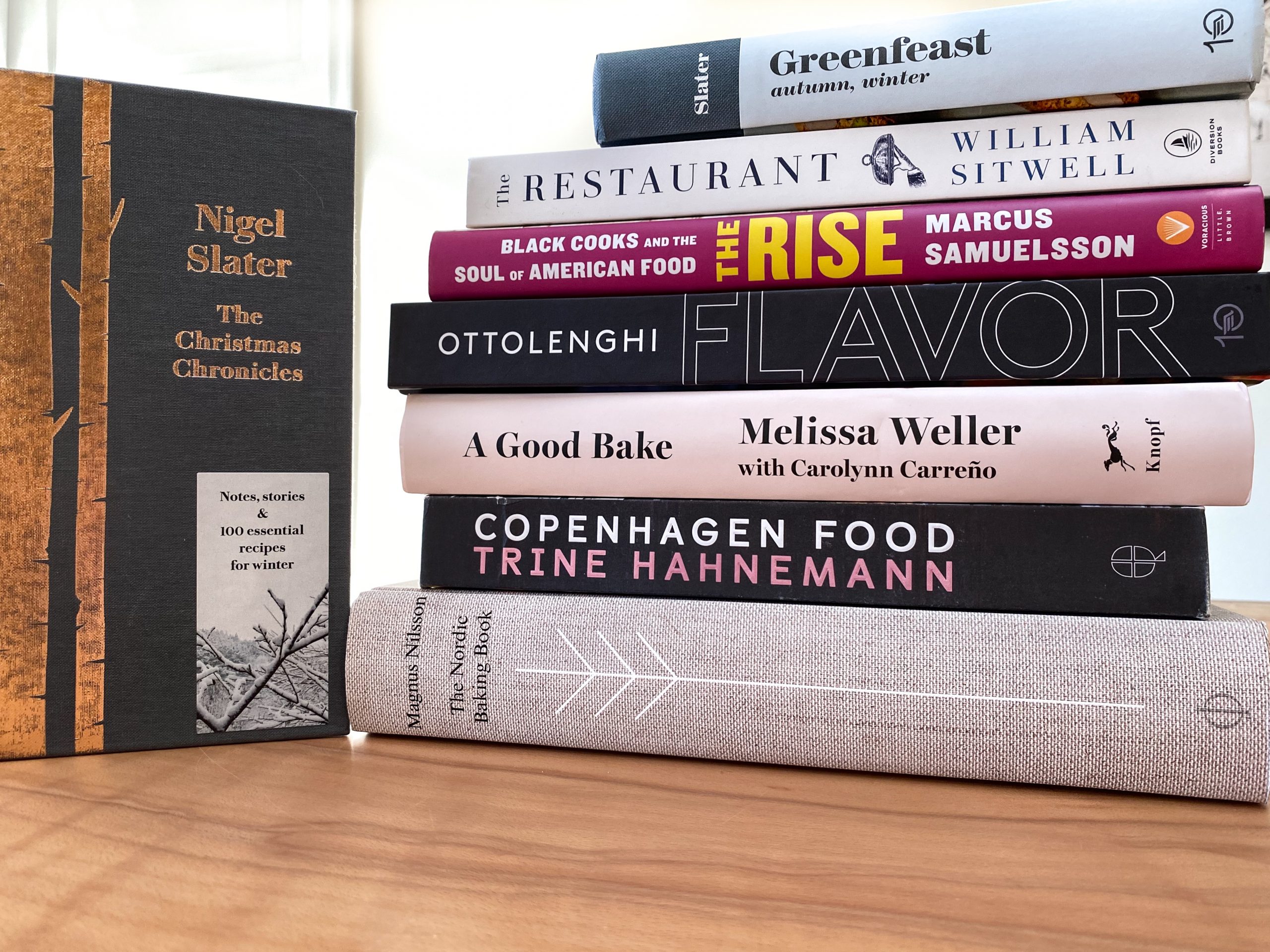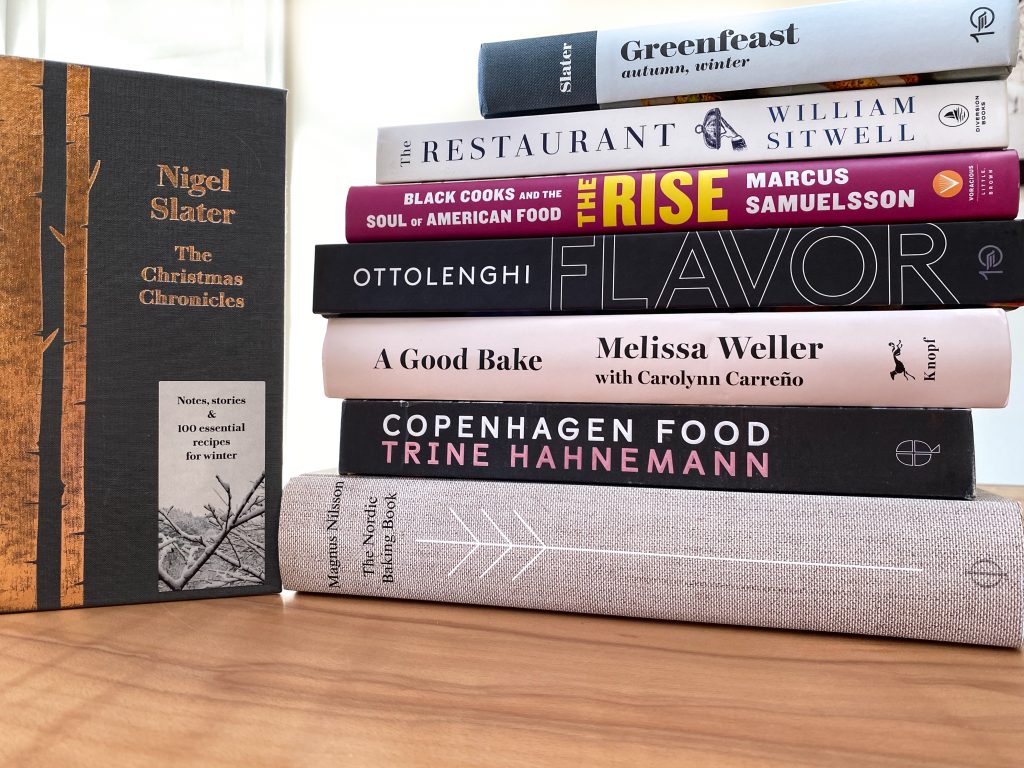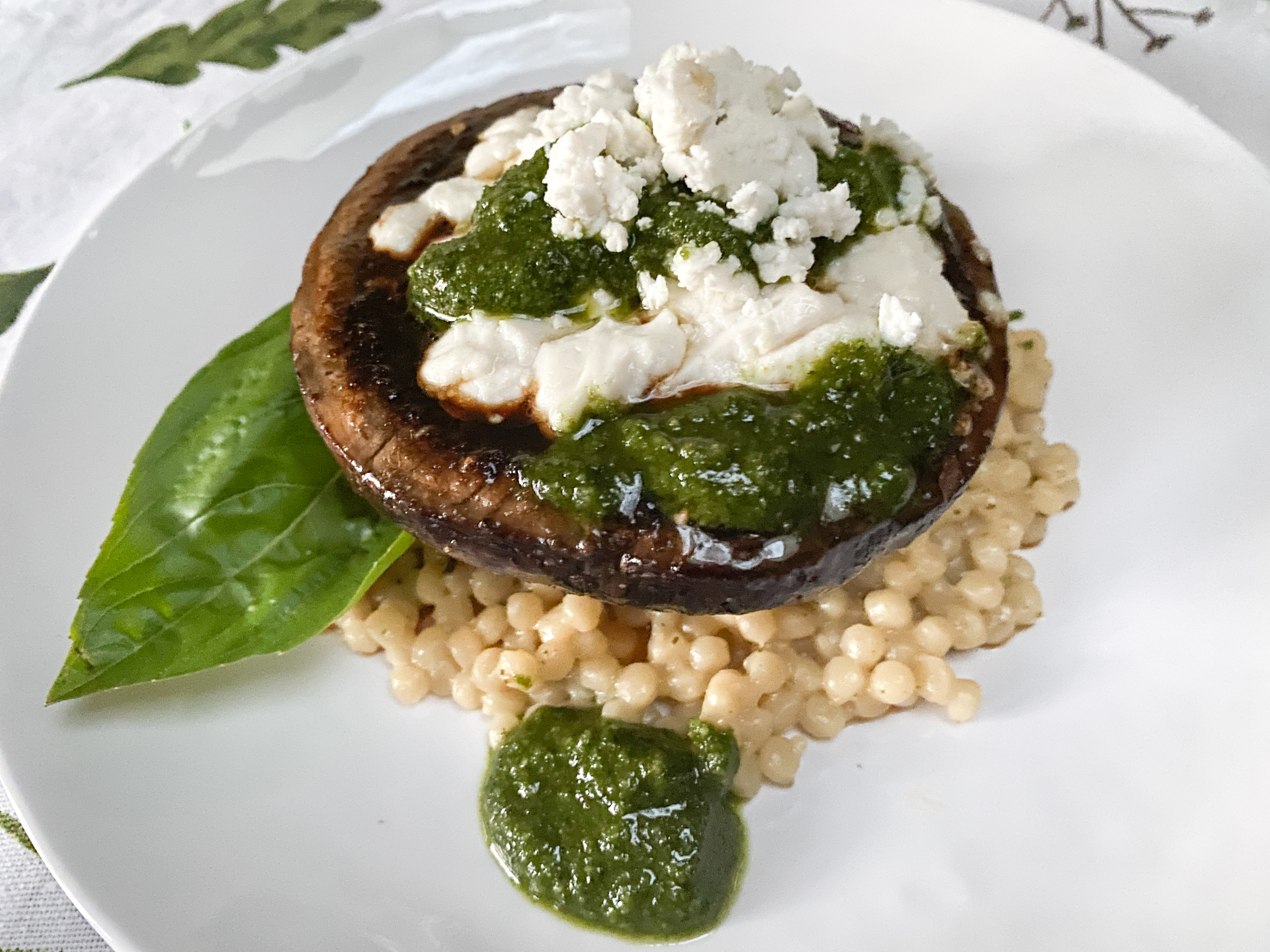
What to do with all the basil that you grew in containers on your patio or fire escape or in your garden? The obvious choice is make pesto. But, then what do you do with all that pesto? If you’re someone who loves the earthy flavor of mushrooms, you might just drizzle it over baked portobello mushrooms.
That brings me to this short entry and luscious, tender, and juicy offering, Pesto-Goat Cheese Portobello Mushrooms. So, grab a big bowl, collect an even bigger bunch of basil, and get ready for an extraordinary, pesto-dressed meal.
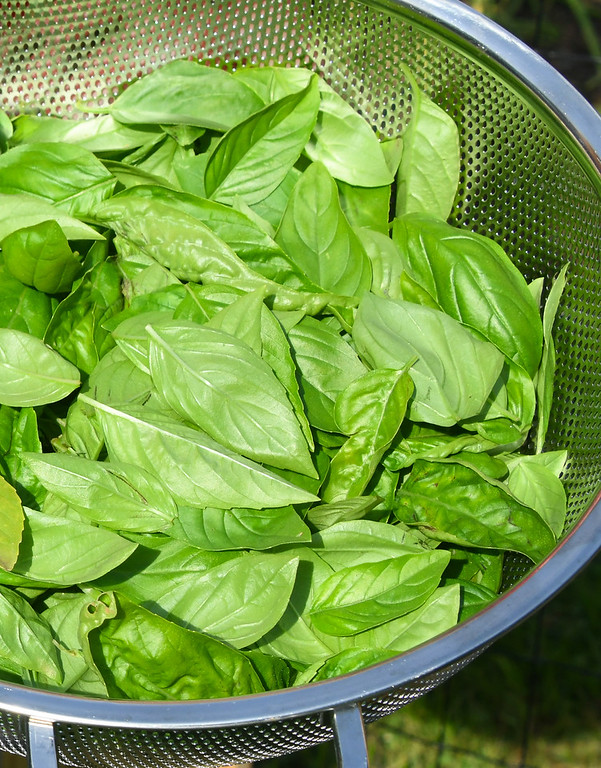
Pesto-Goat Cheese Portobello Mushrooms
Serves 2
Ingredients:
for the pesto:
2 cups packed basil leaves, washed and dried
¼ cup blanched almonds
3 cloves garlic
1 to 2 ounces Pecorino Romano
½ teaspoon salt
1/8 teaspoon ground black pepper
½ cup extra virgin olive oil
for the mushrooms:
2 tablespoons olive oil, plus more for greasing baking dish
2 tablespoons balsamic vinegar
1 teaspoon granulated garlic
¼ teaspoon salt
1/8 teaspoon ground black pepper
2 portobello mushrooms, cleaned and trimmed
2 to 3 ounces goat cheese
Pesto (see above)
Couscous, optional, for serving
Directions:
Move an oven rack to the top position. Preheat the oven on 375 degrees Fahrenheit.
To make the pesto, put the basil leaves, almonds, garlic, salt and pepper in the bowl of a food processor or blender and pulse until minced, 20 to 30 seconds.
While the processor is running, pour in the extra virgin olive oil. Scrape down the sides of the bowl and process again until smooth. Set the pesto aside.
Brush the bottom of a baking dish with olive oil. Place the mushrooms, trimmed side up, in the baking dish.
In a small bowl whisk together the two tablespoons olive oil and balsamic vinegar, granulated garlic, salt and pepper. Pour equal amounts of the vinegar dressing over each mushroom.
Bake the mushrooms for 10 to 15 minutes, until softened. Remove the baking dish from the oven.
Preheat the broiler on high.
Spoon equal amounts of goat cheese on top of each mushroom. Place the baking dish on the top oven rack, directly under the broiler. Broil until the cheese is lightly melted, 30 to 60 seconds. Remove the baking dish from the oven.
If serving with couscous, place equal amounts of couscous in the center of two plates. Center the mushrooms on top of the couscous. Drizzle equal amounts of pesto over top of each. Serve hot.
